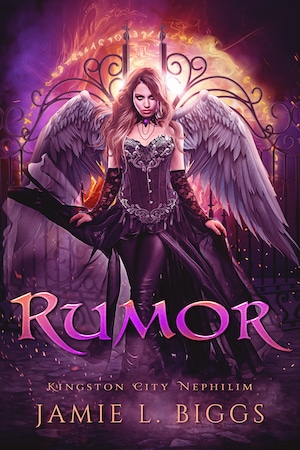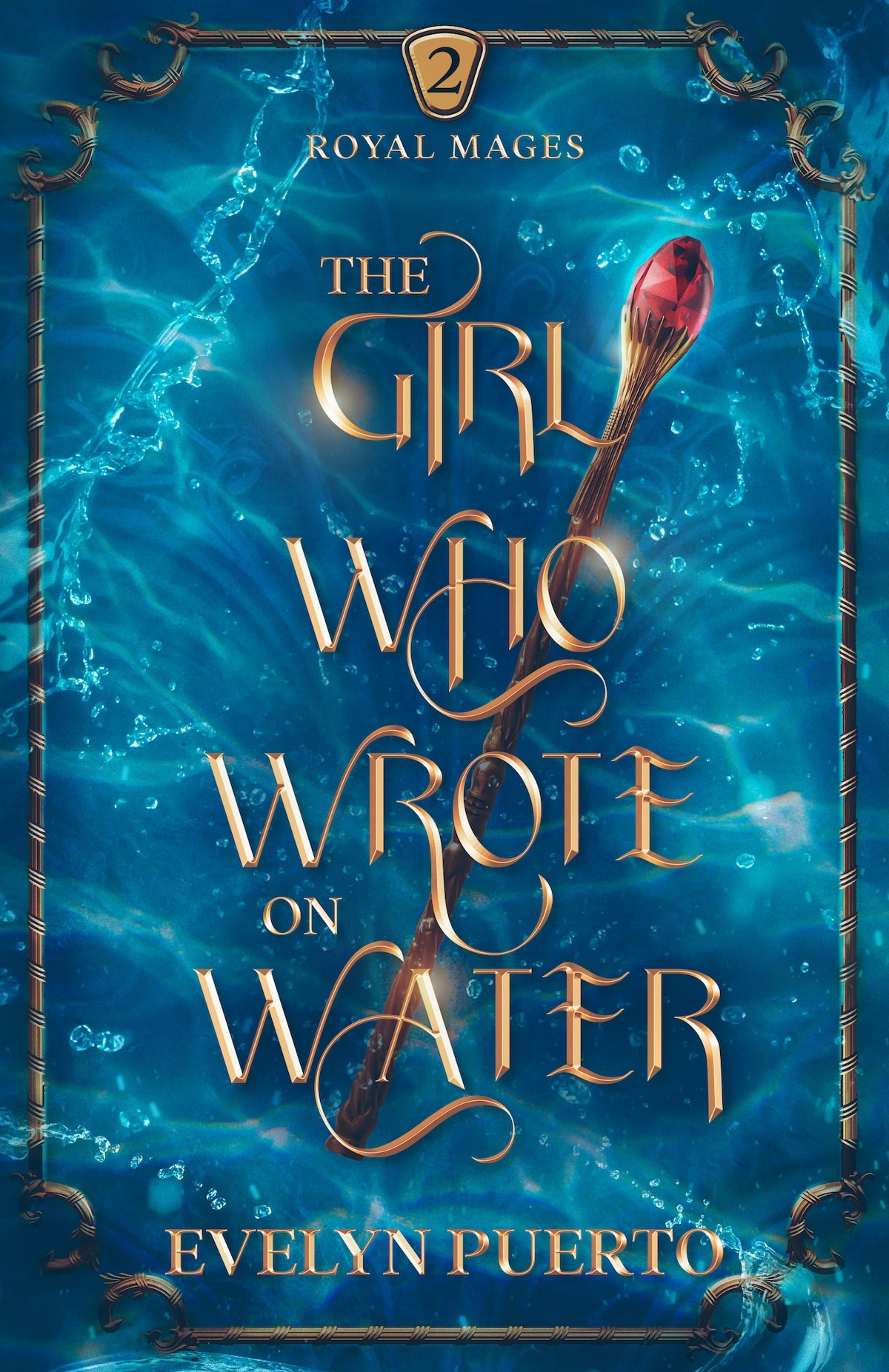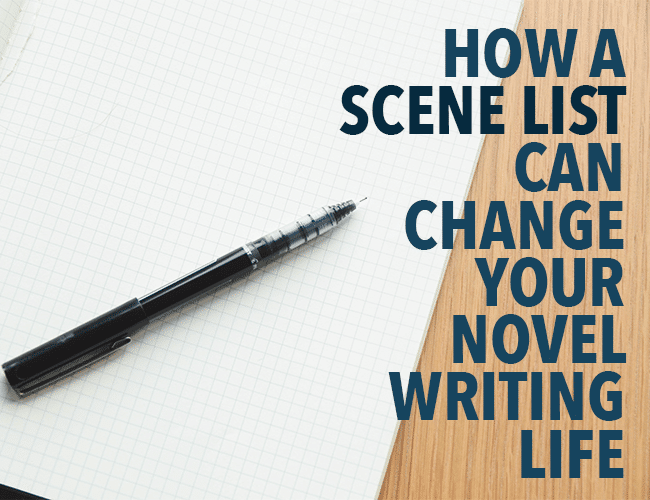
by Monica M. Clark |
By the end of this post you will be using an excel spreadsheet.
Don’t make that face—I know you’re a writer and not a data analyst. Or if you are a data analyst—I understand that you’re on this blog to get away from you day job. I get it. But guess what? At the suggestion of Randy Ingermason—the creator of the Snowflake Method— I listed all of the scenes in my novel in a nice little Google spreadsheet. It changed my novel-writing life, and doing the same will change yours too.
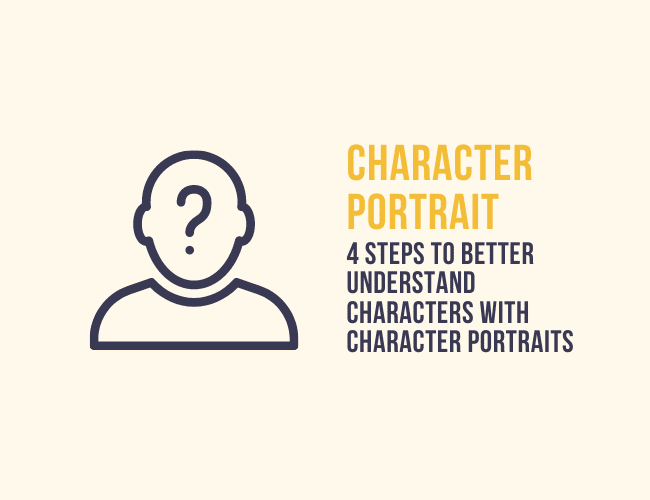
by Monica M. Clark and Joe Bunting |
Whether you’re writing a novel, a memoir, or even painting a portrait, it’s important to understand who you’re writing about.
Creating a character portrait is a characterization technique used by writers like Cheryl Strayed, Marcel Proust, and others to better understand your characters.
In this post, you’ll learn exactly what character portraits, how to create one of your own, and how to get the most out of them in your writing.

by Monica M. Clark |
It’s fall! Students are back at school, football is on, and if you’re a Northeasterner like me, the weather is perfectly cool and sunny.
I don’t know about you, but I love this season. It feels like a writer’s season. It’s time bring a blanket and computer to your balcony, porch, or favorite coffee shop and just write. Recharge. Begin a new and productive period.
As always, at The Write Practice, we love to give you opportunities to jump into writing again. Use the fall-inspired writing prompts to get you going.
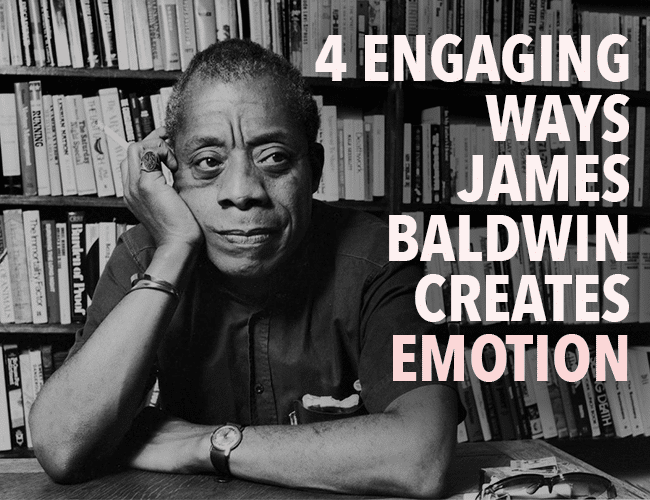
by Monica M. Clark |
Recently my publisher recommended I read the novel “If Beale Street Could Talk” by James Baldwin.
Baldwin is known by many for being a political writer during the Civil Rights movement, but what struck me about Beale Street was how he conveyed this emotion. He does such a great job making me feel Tish’s love, desperation, etc. throughout the book such that I found myself thinking, “how did he do that?”
How did Baldwin so successfully evoke emotion in Beale Street? Here are some of the answers I came up with.
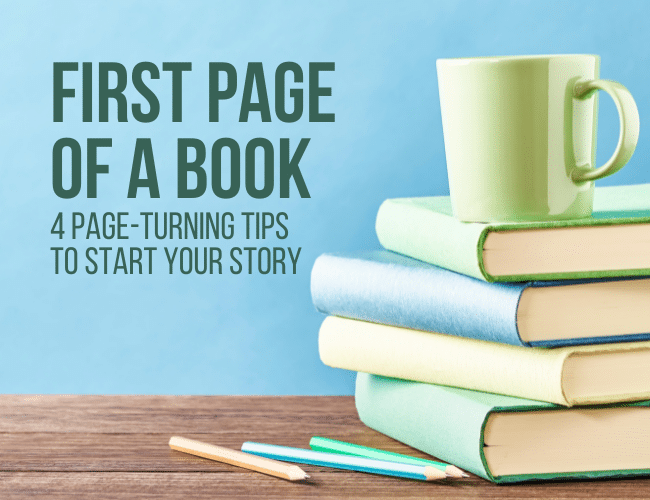
by Monica M. Clark |
I’ve changed the first page of my novel a lot. I can’t even tell you how many times. It happened because as I was writing, I followed a lot of writing blogs, attended a lot of author talks, and browsed a lot of guides that had a lot to say about how to write the first page of a book.
The thinking is that readers thumbing through books in the bookstore and agents alike make snap decisions based on those initial words.
And while it’s essential that the entire book is great, the reality is that the first page of your book sets the tone and expectation for the quality of writing for the rest of the book.
You need to make it good! Something that can uphold the excitement of your book idea and that would impress a publishing company.





